By Christopher Miskimon
The night of October 17, 1969, was a harrowing one for the South Vietnamese soldiers at Phung Hiep Army outpost. Viet Cong and North Vietnamese Army troops had attacked, showering the small base with mortar and machine-gun fire. Quickly the base was in danger of being overrun. But before the communists could attain their victory, help arrived for the beleaguered defenders.
South Vietnamese Captain Huynh Van Tong appeared in the skies over the battle at the controls of an AC-47 gunship. Flares dropped from the circling aircraft, illuminating the torn ground below. His targets identified, Tong and his crew opened fire with their three 7.62mm miniguns. Tracers leapt from the six-barreled weapons so fast it seemed as if hoses were dispensing luminous water over the battlefield. Sometimes the rounds ricocheted, flying into the air like sparks from a giant welder.
Soon ground attack aircraft appeared. Each one was ready to drop a deadly payload. Tong acted as an air controller for the waves of arriving U.S. Air Force F-100s. He directed the aircraft on their bombing runs and coordinated their actions. Even as the pilot did so, he kept his own plane in the fight, paying out his ammunition load three times during the night for a total of 63,000 rounds expended. Twice after the ordnance load was expended he returned to base, rearmed, and went back into the air. The enemy attack was repelled, and Trong received an air medal for his skill and determination.
The AC-47, affectionately known by U.S. troops as “Spooky,” was the aircraft that proved the concept of the aerial fixed-wing gunship as a close air support weapon. Fixed wing refers to a standard airplane as opposed to a helicopter or rotary wing aircraft. The first gunships such as the AC-47 were converted cargo planes. These former transport planes were prized for their endurance, being designed to stay aloft for long periods. Their size allowed them to carry substantial weapon and ordnance loads. In this case, the aircraft’s slow speed was an advantage, lengthening loiter time over a target and increasing accuracy.
Before the U.S. Air Force began testing the gunship theory, these aircraft began their lives two decades earlier as simply Douglas C-47 Skytrain cargo planes, the ubiquitous Allied transport of World War II. They were produced in the thousands and used for everything from transporting cargo to ferrying paratroopers to their drop zones. The C-47 gave excellent service throughout the war, but rapidly advancing technology and design rendered the aircraft obsolete in the years afterward. Despite being eclipsed by newer planes, the C-47 soldiered on due to its ruggedness, simplicity, and ability to operate from even the most rudimentary of airstrips.
By the early 1960s, the U.S. Air Force began experimenting with side-firing gunships for potential use in the small conflicts that seemed to be brewing everywhere during that decade. The C-47D was chosen as an easy and inexpensive platform. Early prototypes were finished in 1964, designated the FC-47D for fighter cargo. The Air Force changed the designation to AC-47D for attack cargo, allegedly due to loud complaints being put forward by traditional fighter pilots who did not want competition from what they considered an ungainly aircraft.
1930s Avionics With Cutting-Edge Weapons
The AC-47D shared the same characteristics of a standard C-47. The plane had a wingspan of 95 feet, a length of just under 64.5 feet, and sat almost 17 feet high. It was propelled by a pair of Pratt and Whitney radial engines, which produced 1,200 horsepower each. AC-47Ds had a maximum speed of 229 miles per hour but cruised at 150 miles per hour with a normal range of 1,500 miles. The AC-47 had a loiter time of seven hours, allowing it to remain over a target area for extended periods. The ideal operating altitude for the aircraft during combat missions was 3,000 feet above ground level.
What set the AC-47 apart from its more mundane cousins was the armament it carried. The cargo version was unarmed. AC-47s sported a trio of M-134 7.62mm, multi-barreled miniguns. All three weapons were trained out the left side of the plane so that their firepower could be concentrated on a single target. The original design allowed a rate of fire of 6,000 rounds per minute, but in practice this was often set at 3,000 rounds per minute. The AC-47 carried a standard load of 21,000 rounds to feed these fast-firing arms. Early versions of the aircraft sported up to 10 .30-caliber machine guns as an interim measure until a proper armament could be installed. Flares were carried to illuminate targets at night, a vital necessity since many Viet Cong/North Vietnamese Army attacks usually occurred during darkness. Between 24 and 56 flares were carried depending on mission requirements. The MK-24 flare had two million candlepower and lasted three minutes.
Simplicity was the defining feature of the AC-47. It carried no complex electronics or sophisticated fire control systems. The aircraft’s avionics and systems were essentially 1930s technology, proven and reliable. Even the flares were deployed by a crewman simply dropping them out the door when the pilot signaled by flashing the cargo compartment’s light. The plane carried a crew of seven: pilot, co-pilot, navigator, flight engineer, loadmaster, and two gunners. It flew low enough that targets were acquired visually, and aiming the fixed machine guns was simply a function of properly maneuvering the plane, a procedure that came quickly with experience.
The Concept of the Side-Firing Weapons System
But getting to this point had actually taken decades. The concept of a plane carrying side-firing guns was not new, but it had never caught on with aviation leaders or designers. One of the first people to develop the idea was Lieutenant Gilmour McDonald, an Army officer in the Coast Artillery. He suggested an aircraft with side-firing guns for attacking German U-boats; rather than dive on the target, attack, and then circle for another pass, such a plane would simply fly around the target in a circle, a technique known as a pylon turn. The aircraft’s armament would then always be pointed at the target, allowing continuous engagement. The idea found no purchase and languished until 1963, when a friend of McDonald’s, an engineer at Bell, realized the concept had merit and took it to U.S. Air Force Captain John Simons, who touted it as a method for engaging guerrilla fighters. Another version of the story claims the concept was derived from missionaries in South America, who lowered supplies in baskets from tightly turning airplanes, which kept the baskets still relative to the ground.
“We Opened Fire and It Scared Me Half to Death”
Simons’ superiors were initially skeptical but eventually gave him a C-131 transport to test the theory, now named Project Tailchaser. Funding issues prevented the program from carrying out a significant amount of testing until the arrival of Captain Ron Terry, who had just completed a tour in Vietnam in which he studied in-country air operations. Terry knew the Viet Cong often attacked at night when fast-moving fighters had difficulty tracking the elusive enemy. At the time C-47s were used to drop flares during night battles with great success. Terry looked through the project reports and stumbled upon Project Tailchaser. He went on a test flight and was convinced the idea had merit. He soon convinced a number of high-ranking officers of the method’s utility, including General Curtis Lemay, who authorized Terry to take the nine minigun prototypes to Vietnam and test the concept.
Political opposition within the Air Force almost ended the experiment before it began. Some leaders feared arming cargo aircraft would encourage the Army to do the same with its cargo planes and helicopters, diminishing the U.S. Air Force’s utility and competitiveness for budget dollars. For this reason, Terry and his people were nearly sent back home after their arrival in Vietnam. But cooler heads prevailed, and Terry was soon at work.
A pair of C-47s from the First Air Commando Squadron were armed and tested. On its first night mission, the FC-47 (as it was still known then) was called upon to defend a Special Forces base at Tranh Yend in the Mekong Delta on the night of December 23-24, 1964. After deploying several parachute flares, the plane cut loose with a three-second burst. “We opened fire and it scared me half to death,” recalled one of the crew. “I thought the guns had blown up. Flames not only came out of the muzzles but also blew back inside where they licked around the cans where the spent cartridges were going. It was really noisy too, with the din from all three guns going [simultaneously].” The plane fired a total of 4,500 rounds, and the shocked Viet Cong quickly retreated. The aircraft repeated this success 20 minutes later at another camp at nearby Trung Hung, driving the enemy off.
Giving Much Worse Than They Received
Other missions went equally well, and before the test period ended General Joseph Moore, U.S. Air Force commander of air operations in Vietnam, requested an entire squadron of the gunships. It was during this time the gunship acquired its two famous nicknames, “Spooky” from its radio call sign and “Puff the Magic Dragon” from the popular song of the time. By the following November, 20 C-47s had been pulled from the boneyard and refurbished as gunships, now called the AC-47.
These planes were assigned to the 4th Air Commando Squadron, which began flying regular missions in support of Special Forces camps and other vulnerable bases. Overall, the AC-47s gave much worse than they received. Heavy casualties were inflicted on the enemy with few aircraft lost. Although the aircraft had to fly in a predictable circle, the enemy often lacked the heavy weapons to return fire effectively.
Sometimes AC-47 crews found themselves in dire circumstances. On March 9, 1966, an AC-47 was given the mission of defending the A Shau Special Forces camp from a North Vietnamese Army attack that threatened to overrun it. There was very low cloud cover over the camp, forcing the pilot to take the plane below 400 feet to engage the enemy. This time the North Vietnamese had some heavy weapons, including .50-caliber machine guns. The AC-47 made one pass, firing at the hostile combatants below. On its second pass, the plane took enemy fire, which blew off the right engine. Within seconds the other engine was also knocked out, and the plane crashed on the slope of a nearby mountain. One crew member was injured, both legs broken. The rest of the crew set up a perimeter and awaited rescue.
Within 15 minutes the enemy attacked, was defeated, and attacked again, killing the pilot and previously injured airman. The surviving crew beat back the second attack. Soon a helicopter arrived to rescue them, but it was taken under fire by an enemy machine gun. Co-pilot Lieutenant Delbert Peterson charged the machine gun with an M-16 and a .38 revolver, suppressing it long enough for the helicopter to rescue the three other surviving crewmen. Peterson was left behind; his body was not found by a Special Forces team sent to find him later. The young pilot would be classified as missing in action and later awarded the Air Force Cross. Long after the war ended, he was reclassified as killed in action.
Medals of Honor for Some AC-47 Airmen
Another AC-47 airman was awarded the Medal of Honor for his actions. On February 24, 1969, an AC-47 designated Spooky 71 was defending the Army base at Long Binh from a determined communist attack. Airman 1st Class John Levitow was the loadmaster aboard that aircraft. The gunship dropped flares on enemy positions and fired at them with its miniguns. As it circled, an enemy mortar round suddenly hit the right wing, exploding in a shower of shrapnel that sliced into the aircraft, wounding five men including Levitow. The young flyer had more than 40 wounds on his body, and one of his legs was partially numbed.
Despite his injuries Levitow dragged an unconscious comrade away from the plane’s open door. As he did so he saw a 24-pound MK-24 magnesium flare, armed and lying nearby. Smoke poured from it; it was about to ignite. If it did the entire plane would go down in flames. Levitow grabbed the flare and crawled toward the door, dragging it with him. He managed to push it out the door just before it went off, saving the aircraft and the seven men aboard.
The AC-47 had 3,500 holes in it, including a large one in the wing from the mortar impact, but the pilot made a successful emergency landing. Levitow recovered from his wounds and flew another 20 combat missions.
The success of the AC-47 led to more of them being built and sent to Vietnam. Two more squadrons, the 3rd and the 5th, were formed, and all three units came under the control of the 14th Air Commando Wing. A total of 53 C-47Ds were converted to gunships with 15 of them lost between 1965 and 1969. The planes were so effective Terry, now promoted to major, began to develop better ones using newer aircraft, such as the AC-119 and AC-130. These airframes could carry more effective weaponry and were more survivable than the relatively small, slow AC-47.
Use in the South Vietnamese Air Force
The last American-flown AC-47 mission over Vietnam took place in December 1969, although the South Vietnamese and Royal Laotian Air Forces continued using them. By then they had defended more than 4,000 outposts and bases, and the crews bragged no post defended by one of their planes had ever fallen. A few of the planes were sent to Laos, but the more mountainous terrain and better antiaircraft defenses raised losses significantly.
The AC-47’s story was not yet over. The aircraft were transferred to the South Vietnamese Air Force, where they continued in service until that nation fell in 1975. The 817th Combat Squadron was equipped with 16 AC-47s at the end of August 1969. It provided the Vietnamese their only gunships until the latter half of 1971.
On November 7, 1969, a South Vietnamese Air Force AC-47 designated Fire Dragon 03 flew in support of a Vietnamese Army battalion being overrun in a village near Ton Son Nhut Airbase. The pilot, Major Nguyen Son, laid his fire in a circle around the village and then strafed a creek bed the North Vietnamese Army was using to move troops. Running low on ammunition, Son called for help, and a U.S. Air Force AC-47 arrived. The U.S. plane lacked a translator, so Son, who spoke English, directed it onto the target.
The South Vietnamese Air Force also had success with the simple, rugged AC-47. Many of its pilots had flown C-47s for years; the average South Vietnamese AC-47 pilot had 2,000 hours flying time in the aircraft before he even arrived at the 817th. Their greater familiarity with the terrain allowed them to acquire targets more quickly, particularly at night. A number of South Vietnamese AC-47 crews also flew missions over Laos, helping to interdict the enemy supply lines along the Ho Chi Minh Trail.
The Royal Latian Air Force
Between November 1969 and May 1970, the AC-47s of the 817th Squadron flew 507 sorties, fired more than eight million rounds of ammunition, and dropped almost 7,000 flares. Sortie rates dropped during the rainy season as weather grounded the aircraft. Often troops on the ground would defend their outpost more steadily if they knew an AC-47 was present.
The other major user of the AC-47 in Southeast Asia was the Royal Laotian Air Force. A number of the planes were transferred to it under the Military Assistance Program in June 1970. The Royal Laotian Air Force had less operational experience than the South Vietnamese Air Force, so there were difficulties with the pilots lacking skills in map reading and night flying. They seemed particularly afraid of flying in the mountains at night. The aircraft were also getting rather worn by this point, and maintenance problems were increasing. Even with these problems the crews were motivated to fix the planes and take them into action. Even the U.S. ambassador got involved, writing a report stating extensive training was required before the Royal Laotian Air Force would have enough qualified pilots to take part in combat operations.
Other problems seemed almost comical. The crews would regularly sell all the brass from expended ammunition and split the proceeds among themselves. Soon the crews would always expend their ammunition loads at the highest firing rate, even when they had no target. Aside from the cost of ammunition replacement, this became expensive in terms of replacing barrels and batteries in the guns. American advisers had to work to overcome all these issues.
Simple Yet Effective
Eventually, though, the Royal Laotian Air Force’s AC-47s began to perform. One adviser admitted he never thought they would fly even 200 sorties per month, but in February 1971 they attained 211 sorties. Afterward they were flying eight sorties per night. Despite their problems even the Royal Laotian Air Force could boast it never lost a position defended by an AC-47.
The U.S. Air Force has continued using the AC-130 to this day, with the latest versions serving effectively in the Middle East. The lineage of that aircraft can be traced directly back to the AC-47, which proved the concept of fixed-wing gunships. The idea was not considered credible initially, as evidenced by the fact the U.S. Air Force risked only a handful of obsolete transports and a few prototype M134 machine guns, minimizing its loss if Project Tailchaser failed.
In this case, simplicity saved the day. The AC-47 was so uncomplicated there was little that could go wrong with it. Lacking complex targeting systems or electronics, the officer developing the Spooky went with simple techniques that proved effective. The AC-47 was so effective and well known that even today, American troops refer to U.S. Air Force gunships as “Puffs.”
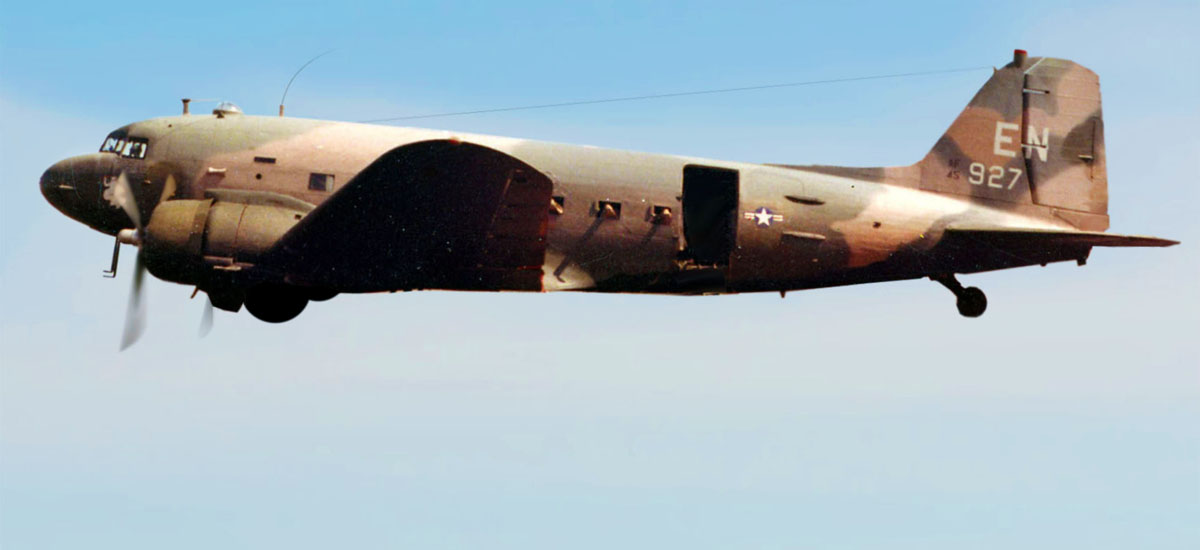
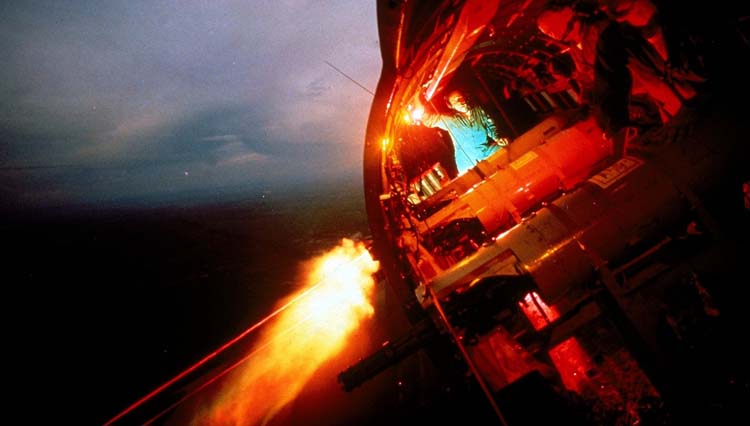
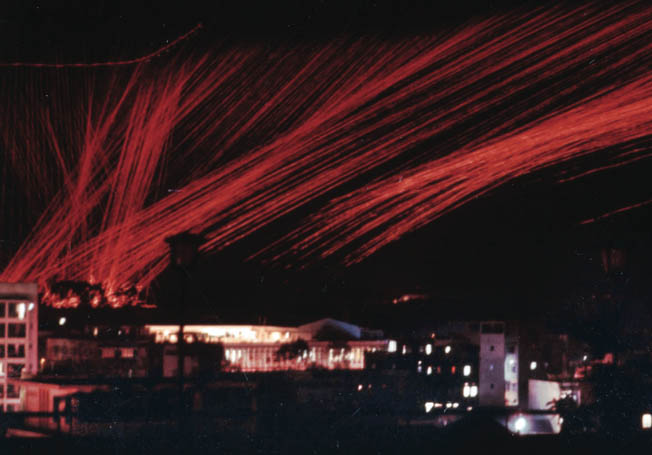
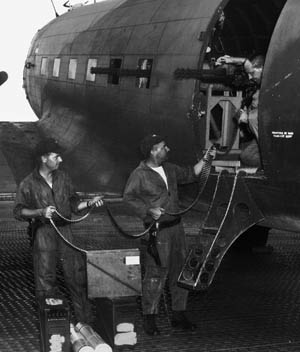

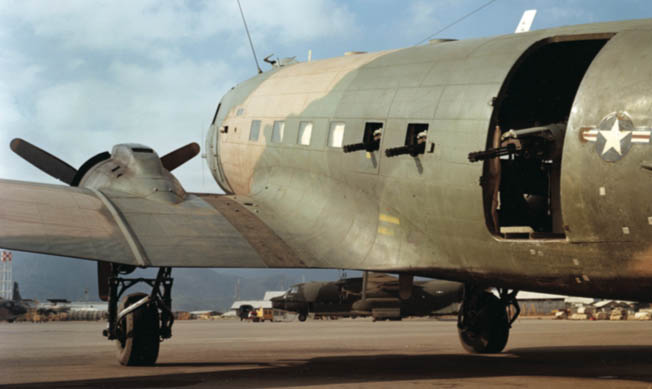
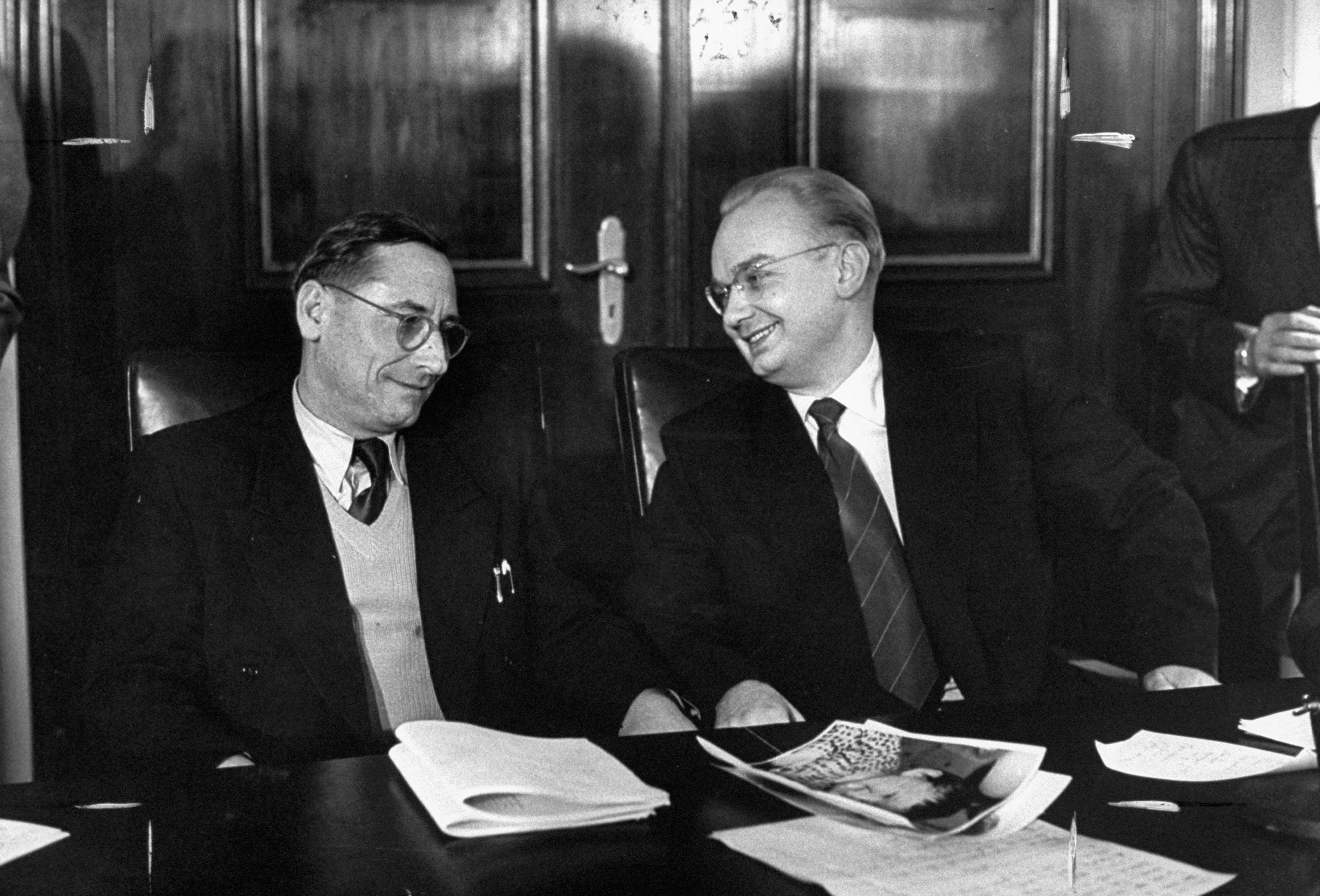
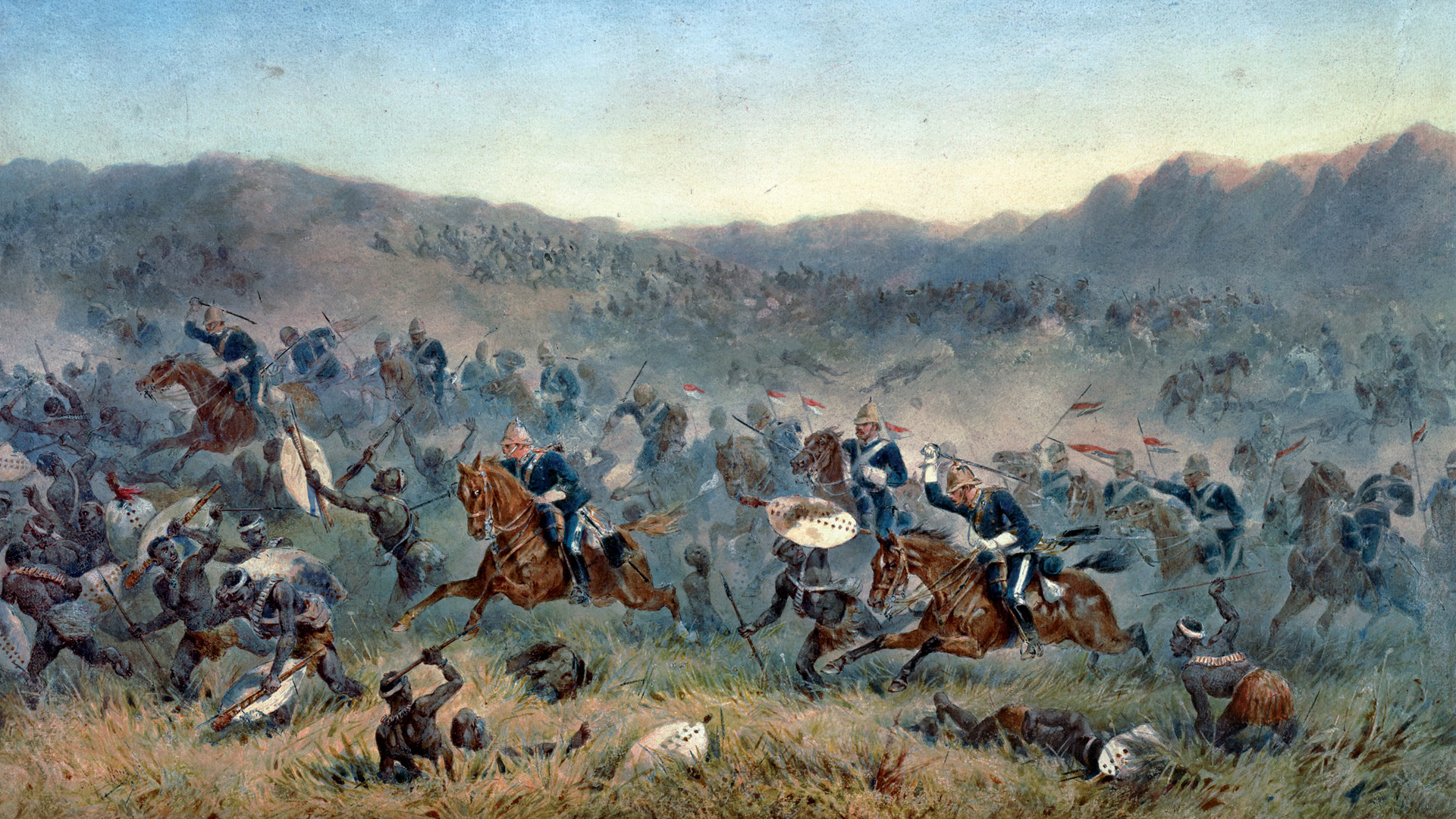
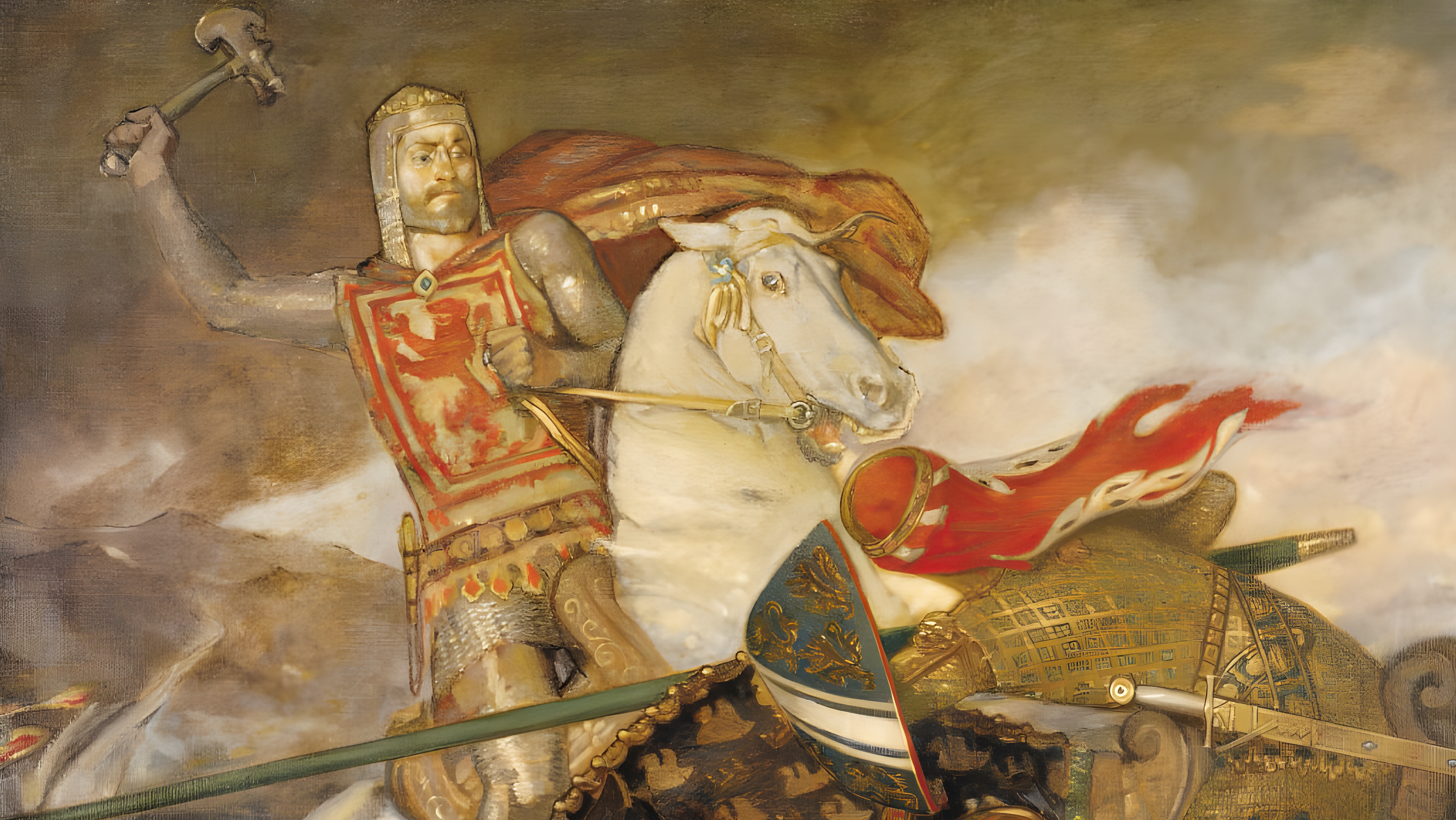
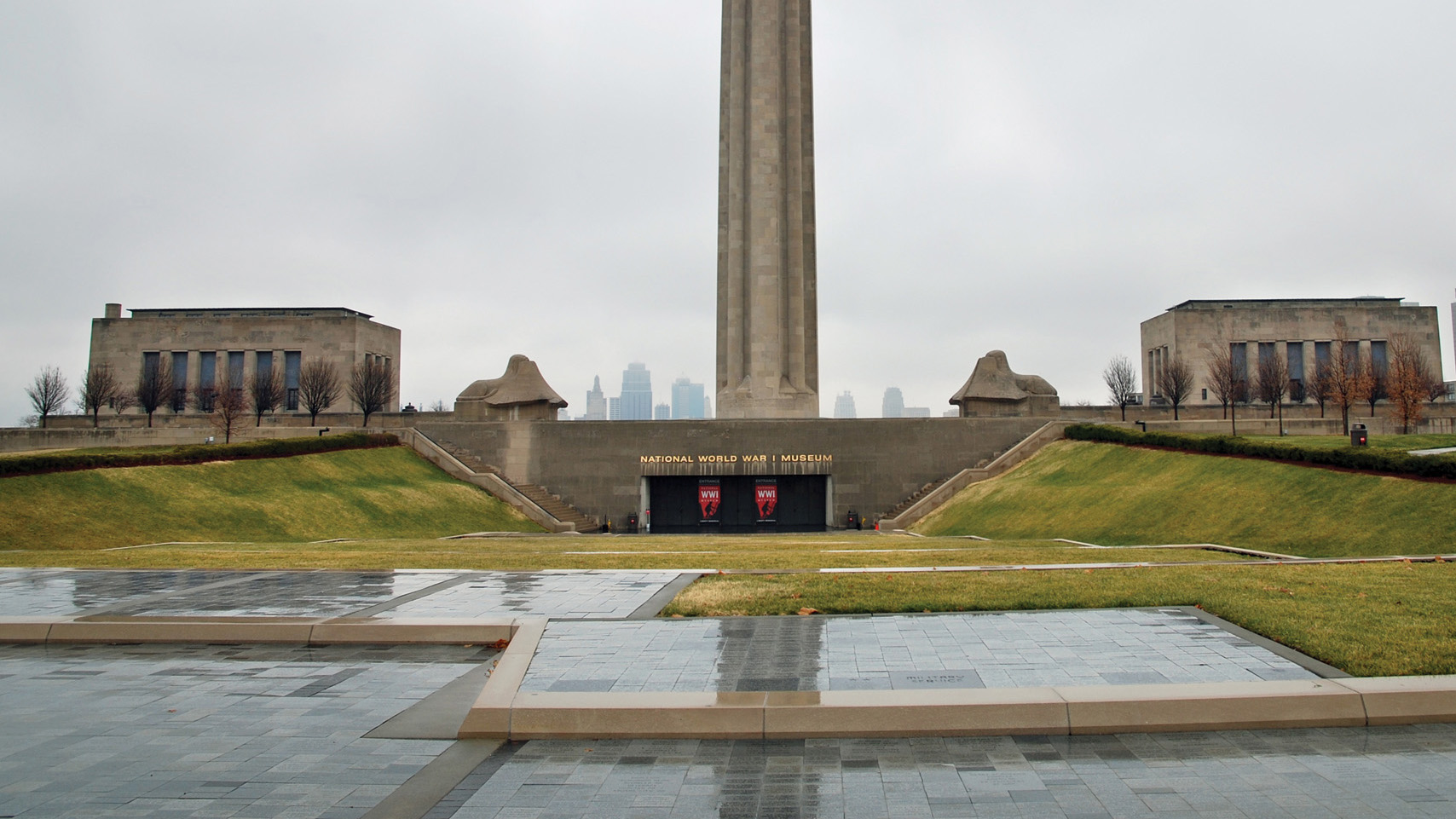
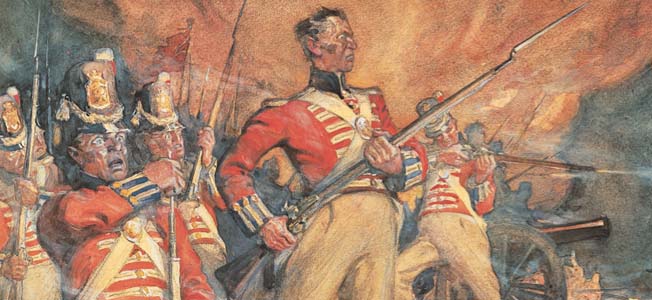
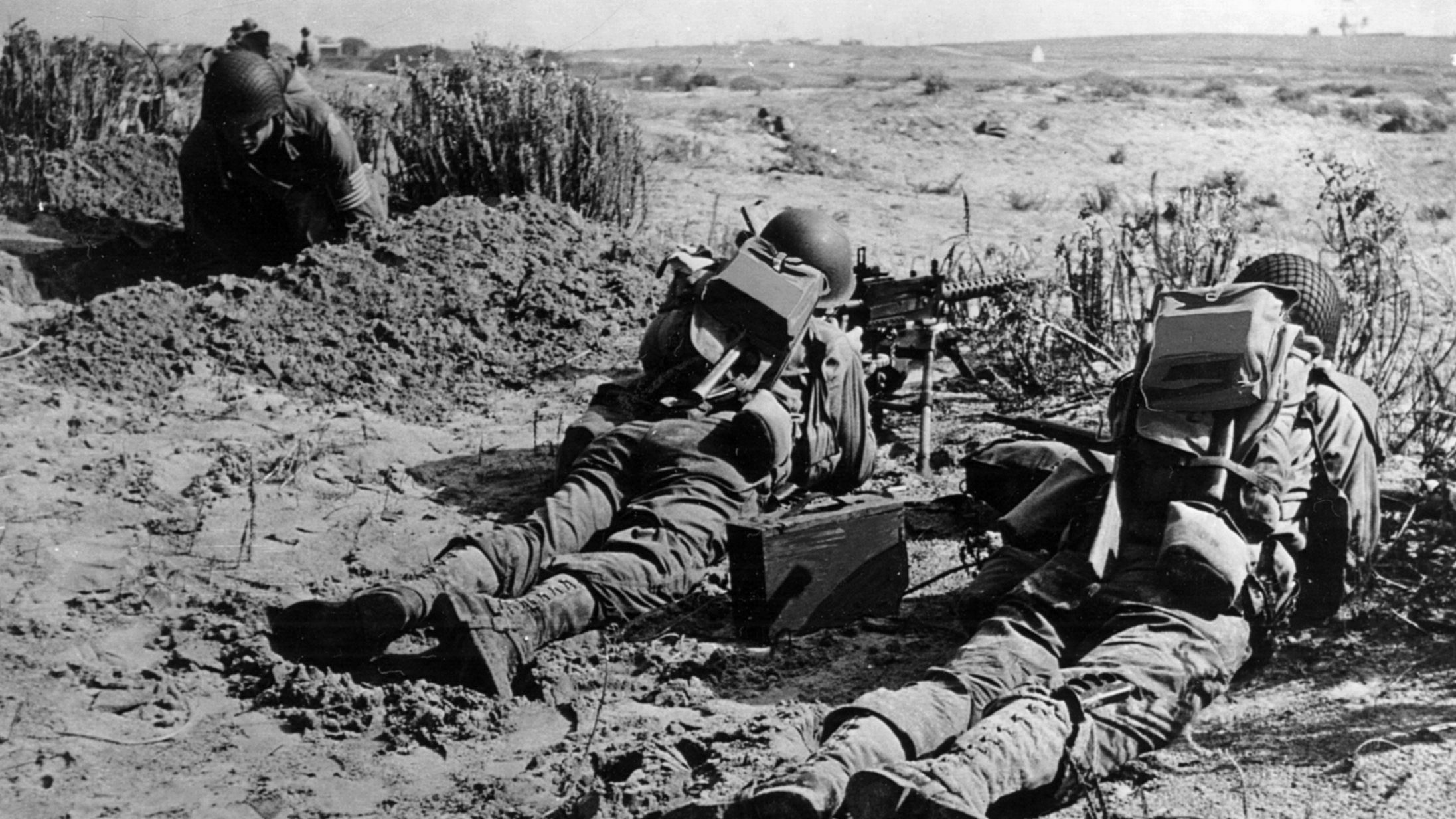

In the Civil Air Patrol in 1961, at age 16, I got to help fly a C-47 over Albuquerque. 59 years later, it remains a wonderful memory.